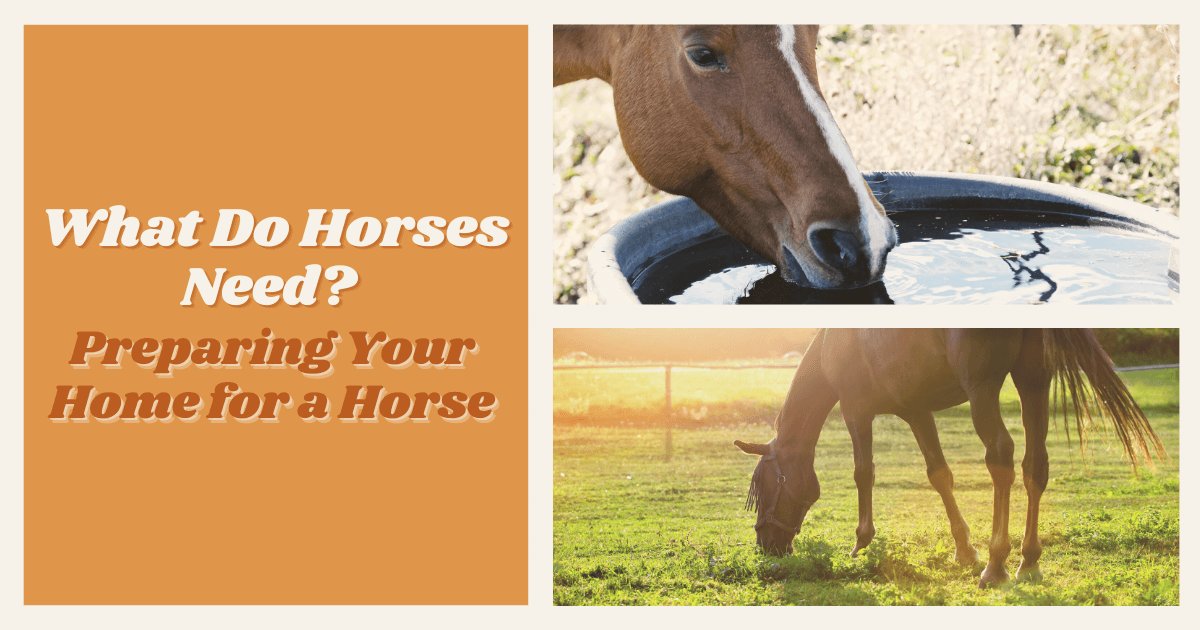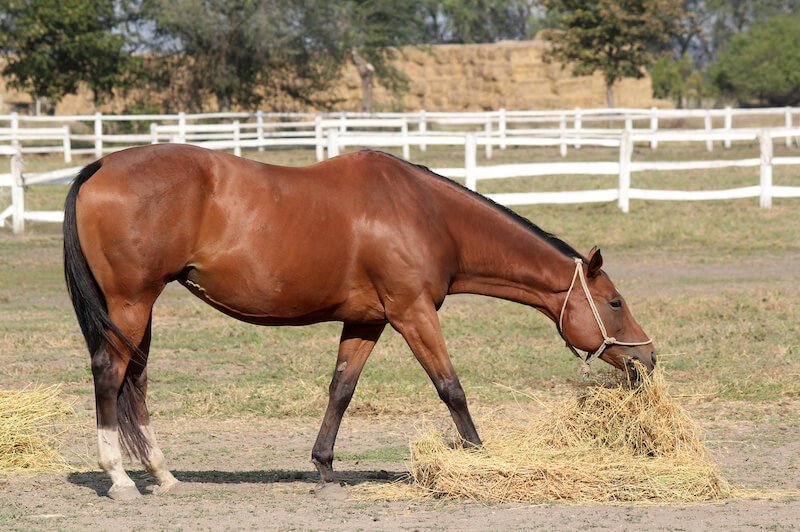Can I Have Horses on My Property? 5 Things to Do First
Posted by Gary Ashton on Wednesday, June 29th, 2022 at 9:29am.

Owning a horse can be a significant investment that comes with big responsibilities. Buyers should fully prepare their property before purchasing a horse to provide the animal with the proper care it will need. This preparation cannot be done "on the fly" after bringing a horse home for the first time. Keep reading to discover the upgrades homeowners should make before buying a horse.
Is Your Home Zoned for Horses?
Homeowners should research local zoning laws before purchasing horses, as these restrictions can significantly impact the choices a buyer can make. Horse zoning laws vary by location but generally cover some of the following areas:
- Maximum allowable horses per acre
- The number of buildings allowable on a property (barns, shelters, hay sheds, etc.)
- Height restrictions on buildings
- Minimum distance fences or structures must be from a road or street
- Types of fencing allowed in the area
- Local permits for owning horses
So long as all the zoning requirements are met for a property, owners can prepare the space to meet their new horse's basic needs. Horses need proper space to run and get some exercise, adequate food, plenty of fresh water, and shelter.
Space For Exercise
Horses need space to run around and exercise; keeping them in a stall for an extended period will cause their muscles to start to atrophy. A turnout space of at least a tenth of an acre (or 75 by 60 feet) is needed to have enough room to run.
A larger pasture can provide grass for grazing and space to run. While a one-acre pasture is plenty of room for a single horse, a one-half-acre space could work as well, but owners will have to provide more hay for the animal.
Fencing around the horse's exercise space also needs to be prepared. Depending on local building codes, a wood pole or board fence is much safer than barbed wire. Fencing should be a minimum of five feet high to keep horses from escaping. The bottom of the fence should be around one foot off the ground to prevent the horse's legs from getting trapped.
Food

The pasture where a horse can graze is cost-saving for the owner and a nutritional benefit for the horse. Pasture needs to be maintained so the grass remains healthy and viable.
Hay will be a big part of life for most horse owners. Grass hay and alfalfa hay are the best choices. Grass has fiber, which horses need for their diet, while alfalfa hay has protein and other essential nutrients. Hay should be green and fresh smelling. If it starts to smell musty and loses its color, the hay should be discarded and not fed to the horse.
A dry place to store hay is also vital. If the property has a barn or the owner plans to build one, that could be a perfect choice to keep it. A smaller shed will also work fine, but the hay will need to be replenished more often. The main thing is to have a place to keep it dry and out of the rain or snow.
Water
Horses require a lot of fresh water to maintain good health. They need 10 to 12 gallons per day under normal circumstances and up to 20 gallons per day during hot summer weather.
Most equestrian properties won't have a convenient freshwater stream, so owners must arrange a watering system. One of the best options is a water trough with a float-activated system. When the water level in the trough gets too low, it triggers a hose system to refill the trough automatically. A freestanding trough with constantly running water is another option, although it will create muddy conditions around the trough.
Any trough system needs to be monitored for algae buildup. Algae can affect the taste and quality of the water, and that can cause a horse to drink less water than they need. Dehydration can lead to serious health problems for horses, so a constant fresh water supply is essential.
Shelter: Stalls & Run-in Sheds
Horses need protection from rain, wind, snow, and sometimes the hot sun. Horse barns usually have multiple 10-foot by 12-foot stalls to shelter horses. Barns also provide space for a tack room, hay storage, and an indoor horse washing station.
A simple way to provide shelter for one or more horses is to build a run-in shed, a three-sided structure usually built at one end of a pasture. A run-in shed should be angled so the back wall blocks the prevailing winds. Horses will quickly realize that a run-in shelter is a space for them to use to get out of inclement weather. If it starts raining and the owner is not at home, a horse will use the run-in shelter on its own.
Horse Ownership Is a Lifestyle
For many homeowners, the benefits of owning a horse far outweigh the extra work required to maintain a horse property. Providing for the animal's needs is critically important, and the property upgrades listed here are the minimum needed for owning a horse. If you're interested in owning a horse, start by exploring some equestrian communities to find the perfect horse property for your needs.

Gary Ashton
The Ashton Real Estate Group of RE/MAX Advantage
The #1 RE/MAX team in the World!
